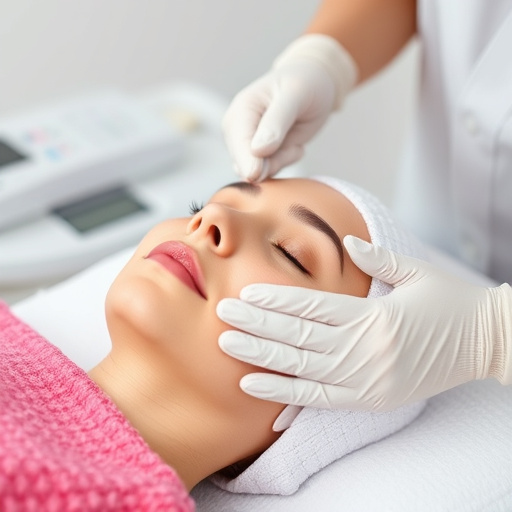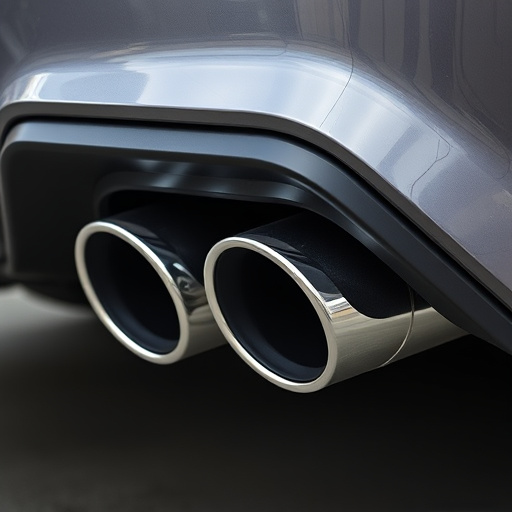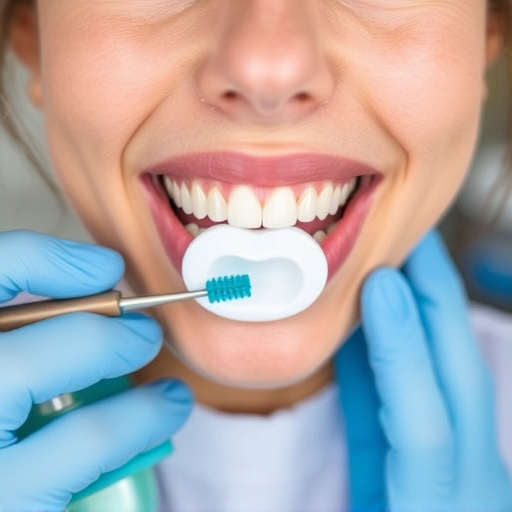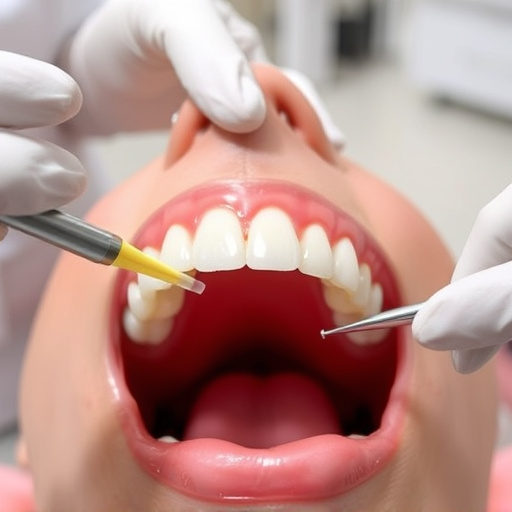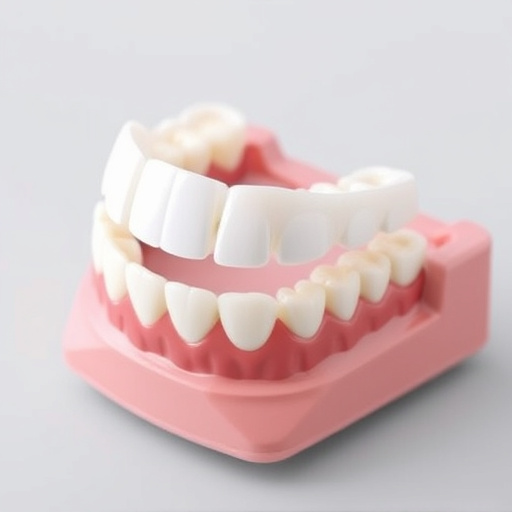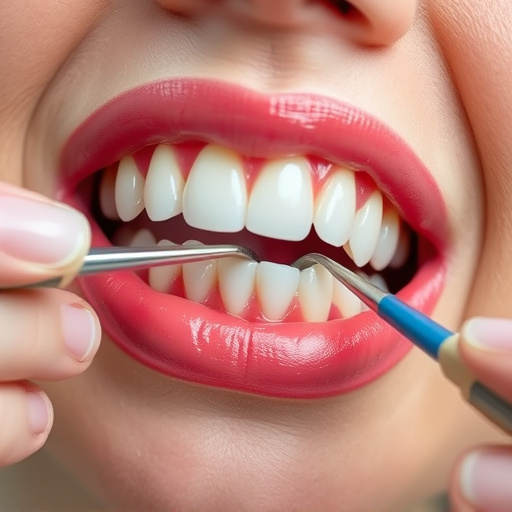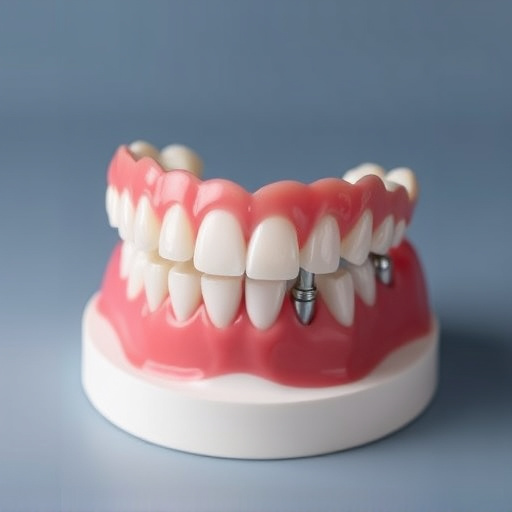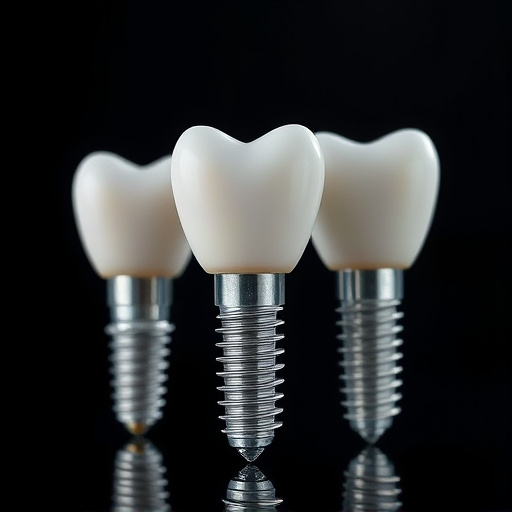Emerging in late teens or early twenties, wisdom teeth can cause intense pain emergencies if impacted, partially erupted, or infected. Prompt dental care, often involving wisdom teeth removal, is crucial for managing pain and preventing complications like bone or nerve damage. The procedure involves a detailed exam, local anesthesia, extraction (sometimes dividing the tooth), and post-op care focusing on pain management, hygiene, and diet. Rest, ice packs, prescribed medication, and gentle oral care are recommended after removal, with regular dental check-ups for optimal healing.
Are you experiencing sudden, intense pain due to wisdom teeth? This guide offers crucial insights into emergency wisdom teeth removal as a potential solution for swift relief. Understanding the process, from identifying a dental emergency to post-operative care, is essential. Learn how prompt action can alleviate discomfort and prevent complications. Discover practical tips for faster recovery after this game-changer procedure, ensuring you’re well-equipped with knowledge about effective wisdom teeth removal.
- Understanding Wisdom Teeth and Sudden Pain Emergencies
- The Process of Emergency Wisdom Teeth Removal
- Aftercare and Recovery Tips for Faster Relief
Understanding Wisdom Teeth and Sudden Pain Emergencies
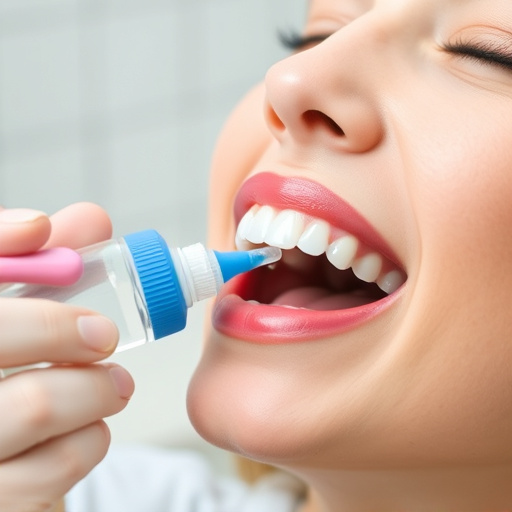
Wisdom teeth, also known as third molars, are the last set of teeth to emerge, often appearing in late adolescence or early adulthood. While some individuals never develop wisdom teeth, others may experience their eruption unexpectedly. In some cases, these teeth can become impacted, partially erupted, or infected, leading to severe pain and potential complications.
Sudden pain emergencies related to wisdom teeth require prompt attention. The pain might radiate to the jaw, ears, or even down the neck. It could be accompanied by swelling, redness, and inflammation in the affected area. If left untreated, impacted wisdom teeth can cause damage to nearby structures, including bones and nerves. Recognizing the signs of an emergency and seeking immediate dental care, often involving a specialized procedure like wisdom teeth removal, is crucial for effective pain management and preventing further complications. This prompt action ensures that patients can find relief from their sudden discomfort and maintain optimal oral health.
The Process of Emergency Wisdom Teeth Removal
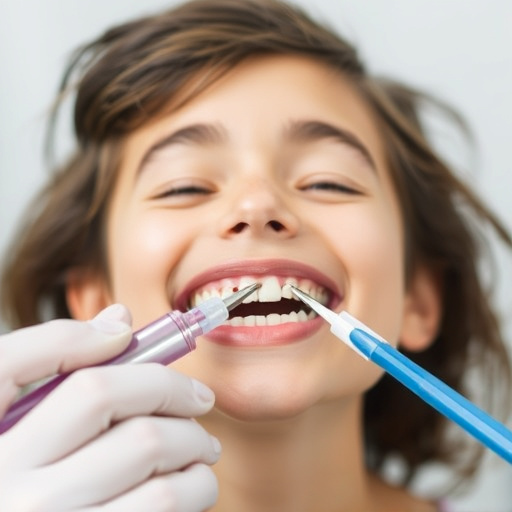
In an emergency wisdom teeth removal procedure, the primary goal is to alleviate sudden and severe pain caused by impacted or partially erupted wisdom teeth. The process begins with a thorough examination using X-rays to determine the position and health of the wisdom teeth. If the teeth are causing significant discomfort, swollen gums, or potential damage to adjacent structures, immediate extraction is recommended.
During the procedure, a local anesthetic is administered to numb the area around the wisdom teeth. The dentist then makes a small incision in the gum tissue to access the tooth or teeth requiring removal. In some cases, the tooth might be divided into segments for easier extraction. Once the tooth is removed, the site is cleaned, and sometimes, stitches are placed to promote healing. Post-operative care includes managing pain, maintaining good oral hygiene, and following dietary recommendations to ensure a smooth recovery. Regular dental cleanings and check-ups become even more crucial after wisdom teeth removal to monitor the healing process and address any potential complications.
Aftercare and Recovery Tips for Faster Relief
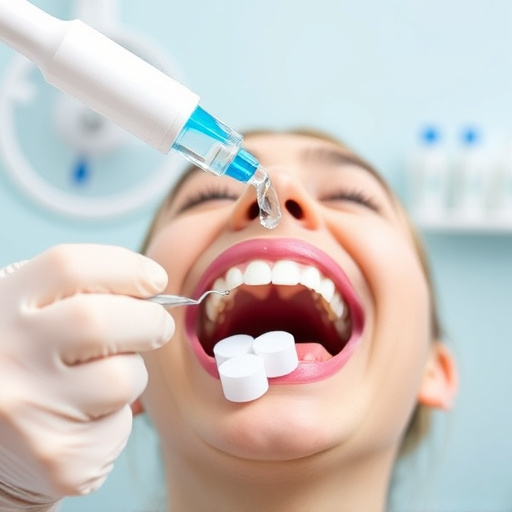
After your emergency wisdom teeth removal procedure, it’s crucial to follow specific aftercare tips for a swift recovery and to prevent complications. Start by resting adequately for the first 24 hours, applying ice packs to reduce swelling, and taking prescribed pain medications as directed by your dentist. Avoid strenuous activities and heavy foods, opting instead for soft or liquid diets to minimize discomfort. Keep your mouth clean by gently rinsing with warm salt water several times a day, but steer clear of vigorous brushing or flossing near the extraction site initially.
Ensure you maintain good oral hygiene practices throughout the recovery period. Regularly change your gauze pads and follow any additional instructions provided by your dentist regarding the use of mouthwashes or antibiotics. As healing progresses, gradually reintroduce solid foods while continuing comprehensive dental care routines, including regular check-ups and dental cleanings. Remember, proper aftercare is key to ensuring faster relief and a successful tooth extraction experience.
Wisdom teeth removal can be a swift solution to sudden, severe pain caused by impacted or infected wisdom teeth. Understanding the process and aftercare is key to ensuring a faster recovery. If you’re experiencing emergency-level discomfort, don’t delay; prompt action can provide much-needed relief and prevent further complications. Remember, a qualified dental professional is equipped to guide you through every step of the procedure, ensuring a positive outcome.
